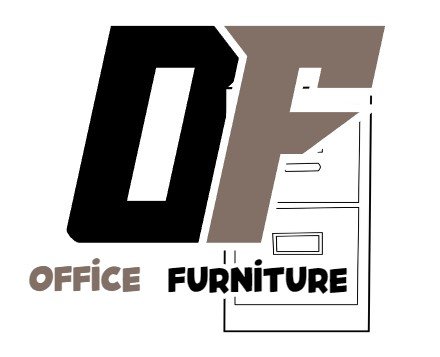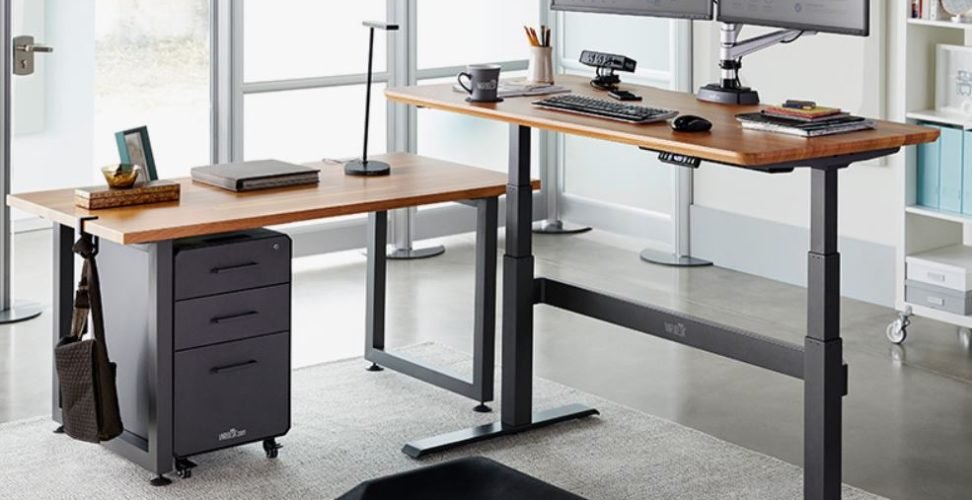The Free Standing Table has become a hallmark of functional and aesthetic interior design in both homes and offices. As living and working spaces evolve, so does the need for furniture that is adaptable, space-conscious, and visually appealing. Among all the essential furnishings, free standing tables offer unmatched versatility. They are not confined to a single use or fixed location. You can place them in living rooms, dining areas, conference spaces, outdoor patios, and even small studio apartments. Their mobility and freestanding nature mean they require no installation, unlike wall-mounted or fixed furniture options. This makes them ideal for renters, small office setups, and anyone who frequently rearranges their space for different needs. Whether you prefer a minimalist design, an industrial touch, or a cozy wooden texture, free standing tables come in a wide range of styles to suit any interior theme.
Benefits of Using a Free Standing Table in Residential Settings
In residential homes, a Free Standing Table can serve multiple functions—acting as a dining table, a study desk, a console, or even a decorative centerpiece. Homeowners appreciate how these tables can be repurposed from room to room. For instance, a rustic wooden table can enhance the charm of a farmhouse-style kitchen while also doubling as a casual work-from-home desk. In small apartments or condos where space is limited, foldable or modular free standing tables offer an efficient way to maximize utility without crowding the floor area. The ability to reposition them freely allows residents to make better use of natural lighting, enhance airflow, and keep the interior looking fresh and organized. Moreover, many modern free standing tables come with built-in storage options such as drawers or open shelves, making them perfect for organizing stationery, dining essentials, or tech gadgets.
Office Environments and the Role of Free Standing Tables
In office spaces, the Free Standing Table has emerged as a staple due to the increasing trend of open-plan designs and flexible working areas. Unlike traditional desks that are often bulky and fixed, free standing office tables can be easily rearranged to support different working styles—whether it’s individual work, team collaboration, or temporary workstations. This mobility empowers companies to quickly adapt their layout depending on current projects, team sizes, or social distancing requirements. Furthermore, free standing tables contribute to a cleaner, more professional appearance by eliminating the need for permanent installations. Companies looking to enhance aesthetics without compromising productivity find these tables highly practical. Adjustable height models are also growing in popularity, offering ergonomic benefits that can improve employee health and reduce fatigue. For coworking spaces and startups, free standing tables are a cost-effective solution that aligns with dynamic and growth-oriented office environments.
Choosing the Right Materials and Styles for Your Needs
When selecting a Free Standing Table, materials and design play a significant role in achieving the desired look and functionality. Wooden tables, for example, are timeless and add a warm, natural touch to any space. Hardwoods like oak, walnut, and teak are durable and can withstand daily wear and tear, making them suitable for high-use areas such as dining rooms or workspaces. Metal-framed tables with glass tops are often preferred for modern or industrial interiors, offering a sleek appearance and easy maintenance. For outdoor use, materials like aluminum, stainless steel, or treated wood ensure longevity against weather elements. Style considerations also matter—farmhouse, Scandinavian, mid-century modern, and industrial are just a few design categories available in today’s market. The right choice depends not only on your taste but also on how well the table complements other furniture pieces in the room.
Practical Tips for Placing and Maintaining Free Standing Tables
Strategic placement of your Free Standing Table can enhance both functionality and the visual balance of a room. For example, placing a rectangular table in a narrow dining area can improve traffic flow, while a round table may encourage conversation in social settings. Consider leaving enough space around the table for chairs, walking, and other furniture. In multipurpose rooms, free standing tables should ideally be placed near power outlets if they are used for work or study. As for maintenance, the care regimen depends on the material. Wooden tables benefit from regular polishing and protection against moisture. Glass-topped tables require frequent cleaning to prevent fingerprints and smudges. Metal legs or frames should be checked periodically for rust or loose screws. By following proper care instructions, your table can remain functional and stylish for many years.
The Growing Demand for Sustainable and Smart Table Options
In recent years, consumers have become increasingly eco-conscious, and this shift is evident in the demand for sustainable Free Standing Table designs. Manufacturers are now offering tables made from reclaimed wood, bamboo, and recycled metal. These not only reduce environmental impact but also add character to the furniture. Additionally, some tables are equipped with smart features such as built-in charging ports, wireless chargers, and LED lighting. These additions cater to tech-savvy users who want to streamline their work or leisure experiences. The fusion of sustainability and technology has elevated the humble free standing table from a basic utility to a thoughtful and innovative piece of furniture. As lifestyles continue to evolve, the role of such adaptable furniture pieces becomes even more essential.
Why the Free Standing Table is a Must-Have for Every Space
The adaptability and functionality of the Free Standing Table make it an indispensable addition to any setting, whether residential, commercial, or institutional. It offers freedom from rigid layouts, supports evolving needs, and serves multiple purposes without compromising on style. The ability to move, repurpose, and re-style these tables means they hold lasting value beyond their initial use. In shared spaces like libraries, cafeterias, and conference rooms, they help create a more inclusive and interactive environment. For decorators and space planners, they offer a blank canvas that can be tailored to fit specific aesthetic goals. Investing in a well-designed free standing table is not just about filling a space—it’s about enhancing it with thoughtful design and long-term usability. As interior design continues to prioritize flexibility and functionality, this type of furniture is set to remain a top choice for years to come.

